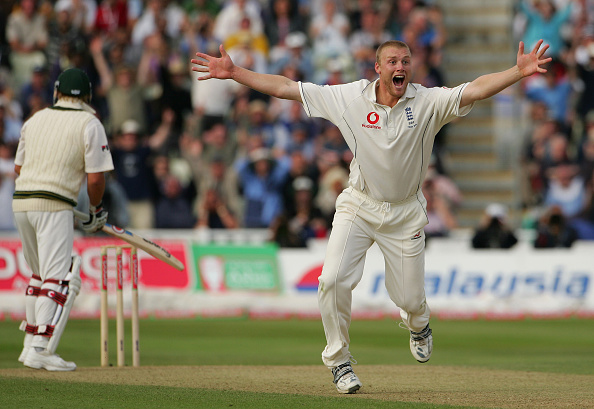Introduction
Welcome to WhatCricket.com! Cricket, often hailed as a gentleman’s game, has seen its fair share of iconic moments throughout its history. These moments are etched in the minds of cricket enthusiasts, transcending boundaries and cultures. In this blog post, we delve deep into the annals of cricketing history to explore some of the most iconic matches that have left an indelible mark on the sport.
Cricket, with its rich heritage and global appeal, has witnessed thrilling encounters, remarkable performances, and nail-biting finishes. Iconic matches not only showcase the skill and passion of the players but also bring nations together, igniting the spirit of competition and camaraderie among fans.
In the following sections, we will journey through time, reliving the historic moments that defined eras and shaped the future of cricket. From the adrenaline-pumping finals of World Cups to the fiercely contested Ashes series, we will highlight matches that became the stuff of legends.
Prepare to be enthralled as we recount the heart-stopping last-minute victories, the extraordinary displays of sportsmanship, and the unforgettable cricketing feats that have become part of the sport’s folklore. Whether you’re a die-hard cricket fan or someone just beginning to appreciate the game, this exploration of iconic cricket matches will leave you inspired and awestruck.
Get ready to witness the unforgettable moments, the game-changing innings, and the historic milestones that have shaped cricket into the globally celebrated sport it is today. Join us on this journey as we celebrate the passion, the talent, and the sheer excitement that define the most iconic cricket matches of all time.
The 1975 Cricket World Cup Final
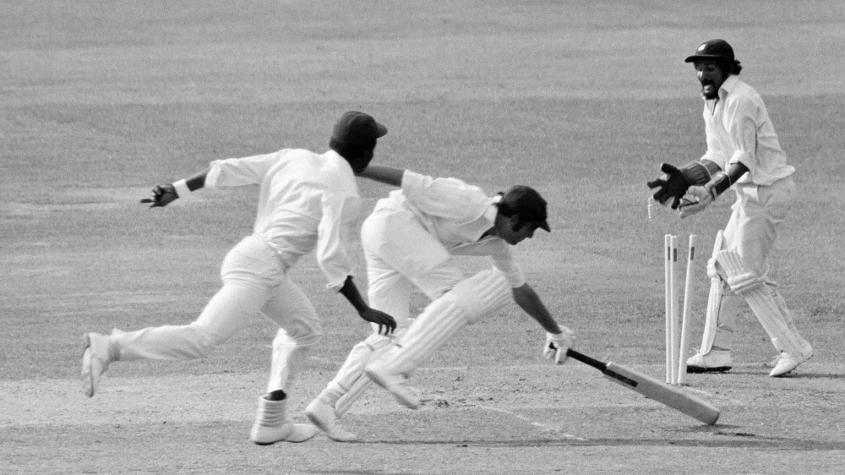
The 1975 Cricket World Cup Final marked a historic moment in the world of
The final match was contested between the West Indies and Australia, two cricketing giants of that era. The West Indies, led by their charismatic captain Clive Lloyd, won the toss and elected to bat first. What followed was an unforgettable display of power-hitting and fast bowling.
The West Indies set a formidable target of 291 runs for Australia. The Australian team, captained by Ian Chappell, faced an uphill battle. The highlight of the West Indian innings was a sensational century by Vivian Richards, who scored 138 runs off just 157 balls. His aggressive and fearless batting style set the tone for the West Indies’ innings.
As Australia came out to chase the target, they encountered fierce resistance from the West Indian fast bowlers. Andy Roberts and Bernard Julien wreaked havoc with their pace and swing, making life difficult for the Australian batsmen. Keith Boyce, another West Indian bowler, played a crucial role by taking four wickets.
Despite the odds stacked against them, Australia fought valiantly. Doug Walters played a brilliant innings, scoring 102 runs, but it wasn’t enough to secure victory. Australia was eventually bowled out for 274 runs, falling short by 17 runs. The West Indies emerged as the champions of the inaugural Cricket World Cup.
Here are some key highlights of the 1975 Cricket World Cup Final:
- Vivian Richards’ explosive century.
- The West Indies’ aggressive fast bowling attack.
- Doug Walters’ heroic century for Australia.
- The West Indies’ victory by 17 runs.
This final not only showcased the talent and skills of the players but also introduced the world to the excitement and drama that cricket‘s one-day format could offer. It set the stage for future World Cups and the evolution of limited-overs cricket.
The 1975 Cricket World Cup Final will always be remembered as a watershed moment in the history of cricket, and it remains a cherished memory for
India vs. Pakistan: 2007 ICC World Twenty20 Final

The 2007 ICC World Twenty20 Final between India and Pakistan remains one of the most memorable and intense clashes in cricket history. This inaugural edition of the ICC World Twenty20 took place in South Africa, and the final, held on September 24, 2007, was a high-stakes showdown between the arch-rivals, India and Pakistan.
The atmosphere was electric as fans from both nations filled the Wanderers Stadium in Johannesburg, eager to witness this fierce battle in the shortest format of the game.
The match had several noteworthy moments:
- India’s Batting Dominance: India batted first, and their openers, Gautam Gambhir and Yusuf Pathan, got off to a blistering start. Gambhir scored 75 runs off 54 balls, while a young Rohit Sharma contributed 30 runs. This set the stage for a formidable total.
- Misbah’s Heroics: In reply, Pakistan faced a daunting target of 158 runs. The match seemed to swing in India’s favor when Pakistan lost early wickets. However, Misbah-ul-Haq played a remarkable innings. His calculated aggression brought Pakistan close to victory. He scored 43 crucial runs.
- The Final Over Drama: The match boiled down to the final over, with Pakistan needing 13 runs to win. Joginder Sharma, a relatively unknown bowler at the time, was entrusted with the ball. The tension was palpable as he delivered the last over. In a dramatic turn of events, Misbah attempted a scoop shot but was caught by Sreesanth near the boundary. India won by 5 runs, clinching the title.
Here’s a summary table of the key statistics from the final:
| Team | Runs Scored | Wickets Taken |
|---|---|---|
| India | 157/5 | 9 |
| Pakistan | 152/7 | 10 |
The 2007 ICC World Twenty20 Final was a pulsating contest that showcased the unpredictable nature of T20 cricket. It etched itself in cricketing folklore as a match filled with tension, drama, and the enduring rivalry between India and Pakistan. This victory marked the beginning of India’s dominance in the world of T20
Australia vs. South Africa: The 438 Game
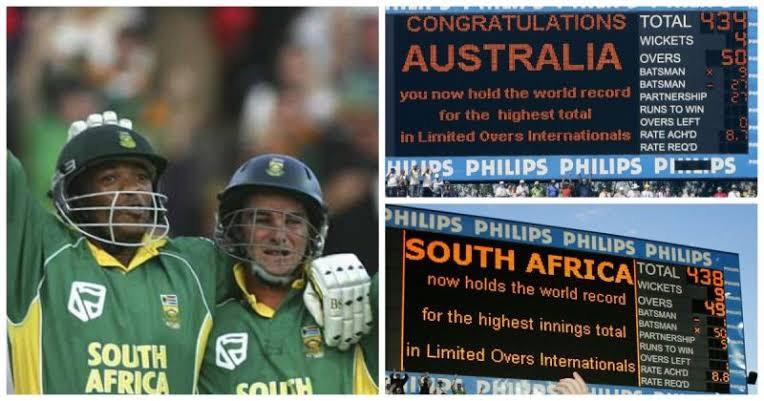
The Australia vs. South Africa cricket match on March 12, 2006, often referred to as “The 438 Game,” is a legendary fixture in the history of One Day International (ODI) cricket. This unforgettable encounter took place at The Wanderers Stadium in Johannesburg, South Africa, during the fifth match of a bilateral series.
The match’s fame primarily stems from the astonishing run chase and the record-breaking batting performances by both teams. Australia batted first and posted an imposing total of 434 runs for the loss of 4 wickets in their allotted 50 overs. This was, at the time, the highest team total in ODI cricket and seemed insurmountable.
South Africa, however, had other plans. They mounted a breathtaking chase, setting new benchmarks along the way:
- The Stellar Innings: South Africa’s opening pair, Graeme Smith and Herschelle Gibbs, set the tone with a partnership of 187 runs. Gibbs played an extraordinary knock, scoring 175 runs off just 111 balls. His innings was filled with boundaries and sixes, and it remains one of the most iconic ODI innings ever.
- AB de Villiers’ Heroics: After the openers’ departure, AB de Villiers continued the onslaught. He played a crucial role, scoring 146 runs off 130 balls. His partnership with Mark Boucher (50 not out) took South Africa to the brink of victory.
- The Historic Finish: South Africa achieved the seemingly impossible target with one wicket and one ball to spare. The winning runs came from the bat of Makhaya Ntini, amid a frenzy of celebration from the home crowd. South Africa finished with 438 runs for the loss of 9 wickets.
Here’s a summary table of key statistics from “The 438 Game”:
| Team | Runs Scored | Wickets Taken |
|---|---|---|
| Australia | 434/4 | 0 |
| South Africa | 438/9 | 4 |
This match remains etched in cricketing history as a testament to the incredible spirit and skill of both teams. It showcased the potential for high-scoring thrillers in ODI cricket and will forever be remembered as one of the greatest matches ever played.
The Miracle of Headingley: 1981 Ashes Test
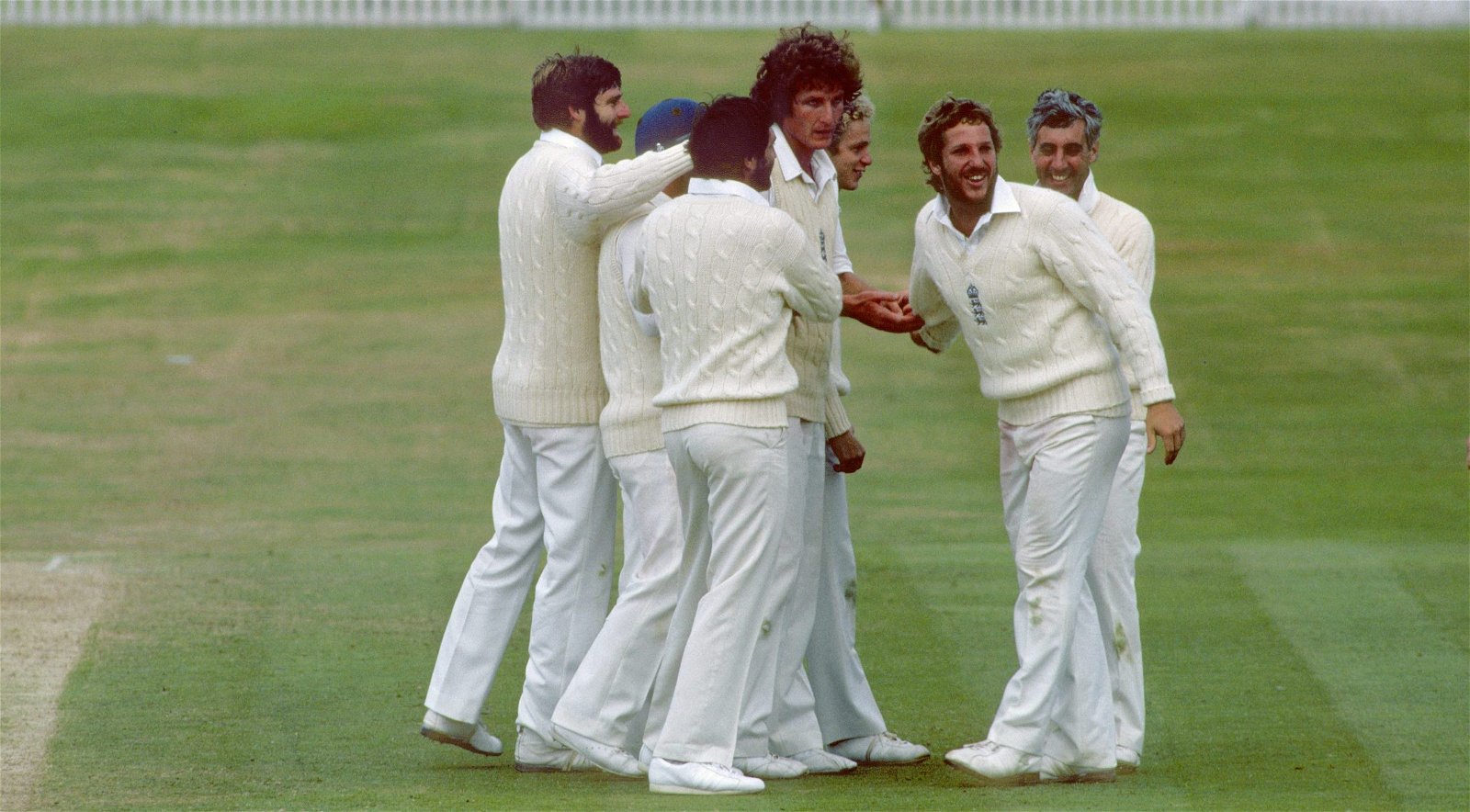
The 1981 Ashes Test at Headingley is widely regarded as one of the most dramatic and memorable matches in cricket history. This encounter between England and Australia, played from July 16 to 21, 1981, had numerous twists and turns, earning it the nickname “The Miracle of Headingley.”
The match had several key moments that defined its legendary status:
- Botham’s Heroic Performance: England, led by captain Ian Botham, was struggling in the series, having lost the previous two matches. In the Headingley Test, England was asked to follow on after being bowled out for just 174 runs in the first innings. Botham’s performance in the match was nothing short of miraculous. He scored a swashbuckling 149 not out in the second innings, a knock filled with aggressive strokes and sixes. His innings turned the game on its head and gave England a target of 130 runs to win.
- Willis’ Outstanding Bowling: After Botham’s heroics with the bat, Bob Willis led England’s bowling attack with a mesmerizing spell of fast bowling. He took 8 wickets for just 43 runs, dismissing Australia for a mere 111 runs in their second innings. Willis’ performance remains one of the most memorable spells in Ashes history.
- England’s Unbelievable Comeback: England completed a remarkable turnaround by chasing down the target of 130 runs with 2 wickets to spare. Mike Brearley, the England captain, provided crucial support to Botham during the run chase, and it was left to Chris Old and Graham Dilley to guide England to an improbable victory.
Here’s a summary table of key statistics from “The Miracle of Headingley: 1981 Ashes Test”:
| Team | 1st Innings Runs | 2nd Innings Runs | 3rd Innings Runs |
|---|---|---|---|
| England | 174 | 356 | 130/8 |
| Australia | 401 | 111 |
The Headingley Test of 1981 is remembered not only for the cricketing heroics but also for the incredible spirit and determination displayed by England. It remains a source of inspiration for cricket fans worldwide and stands as a testament to the unpredictable and magical nature of Test cricket.
India vs. Australia: 2001 Kolkata Test
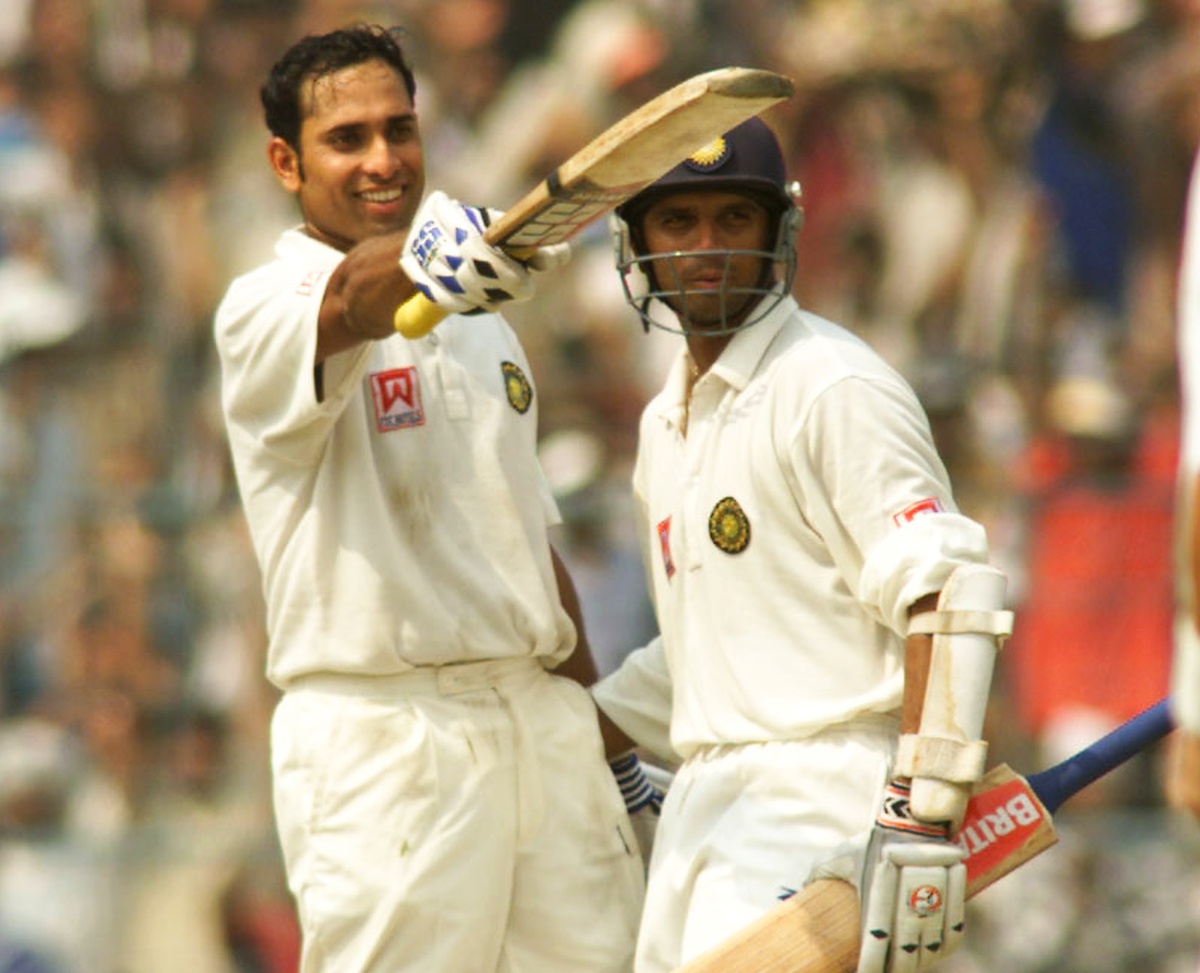
The 2001 Kolkata Test match between India and Australia is celebrated as one of the greatest comebacks in the history of cricket. This iconic Test, played at the Eden Gardens from March 11 to 15, 2001, was the second match of the Border-Gavaskar Trophy series.
The match was marked by several remarkable events and performances:
- India’s First Innings Collapse: Australia set the stage for their dominance by amassing a massive first-innings total of 445 runs, thanks to centuries by Matthew Hayden and Harbhajan Singh’s superb bowling performance. India, in response, faced a monumental collapse, getting bowled out for just 171 runs, trailing by 274 runs.
- Dravid and Laxman’s Epic Partnership: India’s second innings was nothing short of miraculous. Rahul Dravid and VVS Laxman forged an unforgettable partnership, batting for an entire day. Dravid scored 180 runs, while Laxman played a career-defining knock of 281 runs. Their partnership of 376 runs rescued India from a precarious position and set a target of 384 runs for Australia.
- Harbhajan Singh’s Hat-Trick: In the second innings, Harbhajan Singh spun a web around the Australian batting lineup, taking a historic hat-trick. His figures of 6 for 73 in the innings played a pivotal role in India’s comeback.
- A Historic Victory: Chasing 384 runs in the fourth innings, Australia found themselves in a tight spot due to Harbhajan’s heroics. The Indian bowlers, led by Harbhajan and Anil Kumble, completed the job. Australia was bowled out for 212 runs, and India secured a remarkable victory by 171 runs.
Here’s a summary table of key statistics from the 2001 Kolkata Test:
| Team | 1st Innings Runs | 2nd Innings Runs | 3rd Innings Runs | 4th Innings Runs |
|---|---|---|---|---|
| India | 171 | 657/7 | ||
| Australia | 445 | 212 |
The 2001 Kolkata Test will forever be etched in cricketing history as a testament to the indomitable spirit of the Indian cricket team and the extraordinary partnership between Dravid and Laxman. It is often regarded as one of the greatest Test matches ever played and remains a source of inspiration for cricket enthusiasts worldwide.
Congratulations @paras77 Dai
Hope Nepalese Cricket will reach heights in your tenure !! pic.twitter.com/okCpZ0mZXl
— Troll Cricket Nepal (@TrollCricketnpl) September 23, 2023
FAQ
Cricket enthusiasts often have questions about iconic matches, their significance, and the impact they leave on the sport. Here are some frequently asked questions about iconic cricket matches:
1. What makes a cricket match iconic?
An iconic cricket match is characterized by exceptional gameplay, nail-biting moments, outstanding individual performances, and historical significance. These matches often involve high-stakes tournaments such as World Cups, Ashes series, or intense rivalries between teams. Iconic matches are etched into the memory of fans due to their thrilling moments, unexpected turnarounds, and the display of exceptional skills by players.
2. Are there any recent matches that can be considered iconic?
Yes, there have been several recent matches that can be considered iconic. One notable example is the 2019 World Cup Final between England and New Zealand. The match ended in a dramatic tie, leading to a Super Over, which also resulted in a tie. England was declared the winner based on the boundary count rule, making it one of the most unforgettable moments in cricket history.
Another recent iconic match is the 2016 World T20 Final between West Indies and England. West Indies needed 19 runs in the last over, and Carlos Brathwaite smashed four consecutive sixes off Ben Stokes to secure a remarkable victory. This match showcased the power of T20 cricket and the ability of players to handle extreme pressure.
3. How do iconic cricket matches impact the sport?
Iconic cricket matches play a crucial role in shaping the sport’s legacy and global appeal. They capture the hearts of millions of fans, attracting new followers to the game. These matches inspire young cricketers and provide a benchmark for excellence. Iconic moments create lasting memories, fostering a sense of unity among fans worldwide. Moreover, they boost the commercial aspects of the sport, including ticket sales, merchandise, and broadcasting rights, contributing significantly to the cricketing economy.
In conclusion, iconic cricket matches are not just about the players and the game; they are about the emotions they evoke, the history they create, and the impact they have on the sport’s future.
Conclusion
Reflecting on the rich tapestry of cricket history, it becomes evident that iconic matches have played a pivotal role in shaping the sport’s legacy. These matches are not just battles between teams; they are moments etched in time, defining the very essence of cricketing greatness. From the nail-biting encounters in historic stadiums to the exhilarating performances under immense pressure, iconic cricket matches have captivated the hearts of millions around the globe. As we delve into the annals of cricket, we realize that these matches are more than just wins and losses. They symbolize the spirit of competition, resilience, and the unyielding determination of players striving for excellence.
Furthermore, these matches serve as a testament to the unifying power of sports. Regardless of nationality, race, or religion, cricket has the unique ability to bring people together, fostering a sense of camaraderie among fans worldwide. The roar of the crowd, the thrill of a last-minute boundary, and the heart-stopping moments of uncertainty – these are the elements that make iconic matches unforgettable. They inspire generations, instill pride in nations, and create legends whose stories echo through time. As we celebrate the most iconic cricket matches of all time, let us acknowledge the indelible mark they have left on the sport, shaping its future and ensuring that the legacy of cricket continues to shine brightly for years to come.
